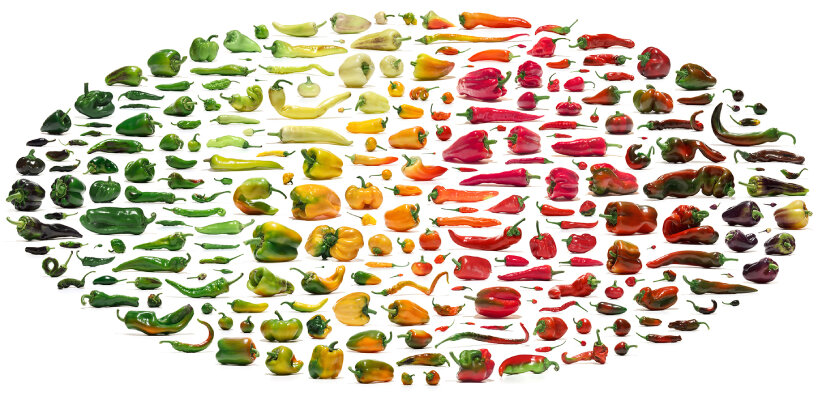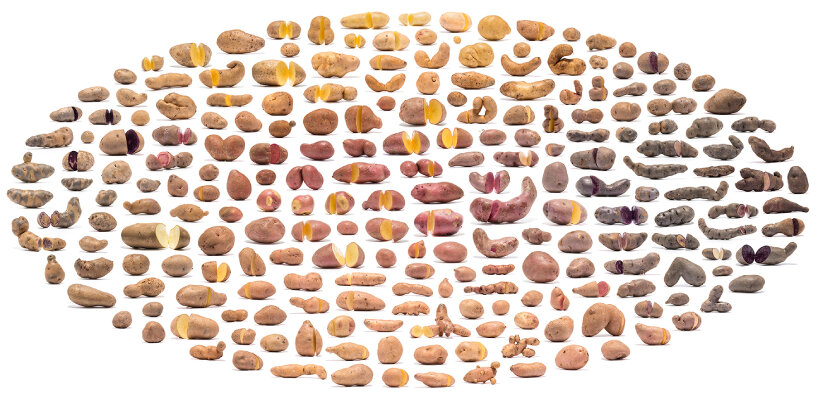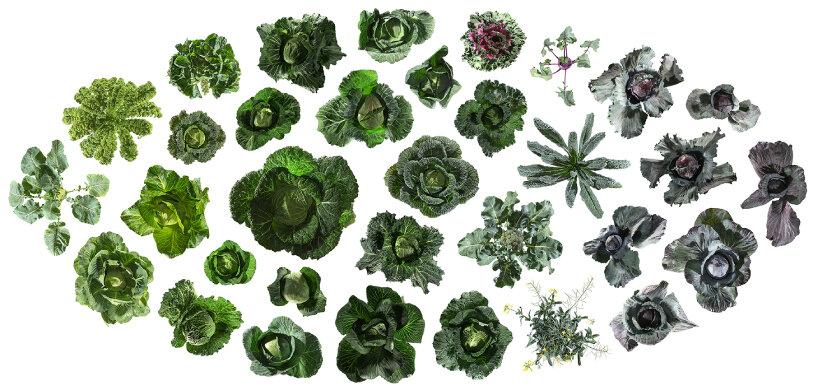
The Cultivar Series: Zea mays II – Uli Westphal, 2022

The Cultivar Series: Cucumis sativus I – Uli Westphal, 2014
KEEP UP WITH OUR DAILY AND WEEKLY NEWSLETTERS
PRODUCT LIBRARY
through their artworks, artists such as liam young, andrés reisinger, anthony authié from zyva studio and charlotte taylor explore hyperrealistic scenarios unconstrained by real-world limitations.
connections: +750
'when the sky blooms with sakura' ignited in three visual sequences, depicting white chrysanthemums, blue waves, and cherry blossoms.
connections: +440
in dialogue with its environment, the installation captures and reflects a fragmented interplay of light and imagery as it sways.
connections: +170
more than 100 works by the austrian artist are currently on display, including 55 sculptures indoors and 19 sculptures spread outdoors.




















